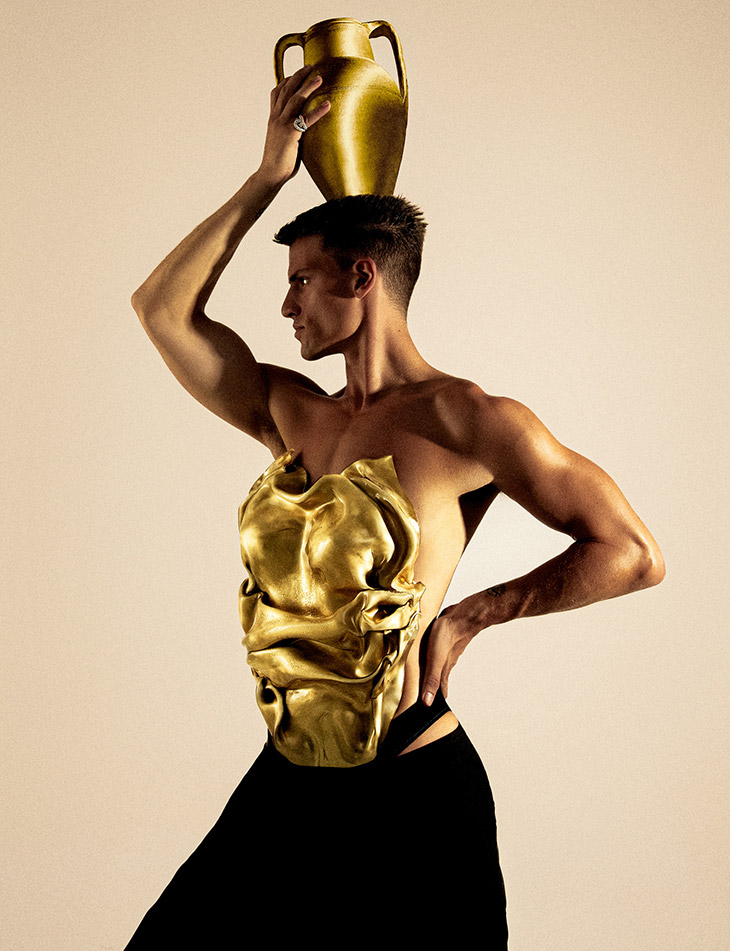
In the 21st century, the fashion sector has evolved into a worldwide powerhouse encompassing manufacturing, design, retail, and marketing. Tracing a lineage that reflects societal shifts and artistic progress, fashion has continuously transformed from the days of ancient Egypt to the Victorian era and into the modern age. Each epoch has infused fashion with its unique values, aesthetics, and cultural beliefs, shaping the industry into what it is today.
Throughout history, the connection between art and fashion has been notably profound, with artists frequently inspiring fashion trends through their unique techniques and styles. For instance, the Pop Art movement of the 1960s greatly influenced fashion icons like Betsey Johnson and Mary Quant, who created playful, vibrant clothing that echoed the art’s spirit. This article explores the continuous interplay between these two creative worlds.
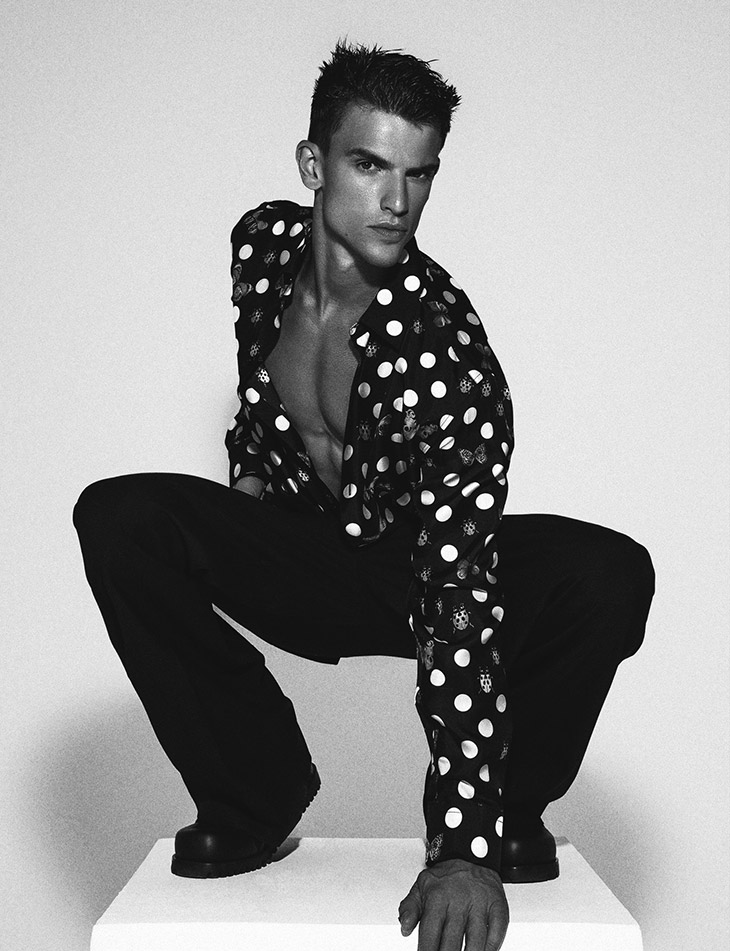
Fashion as Artistic Expression
Fashion is a form of artistic expression. Many designers utilize apparel as a canvas to explore significant ideas and themes. A good example of this is the work of designers such as Alexander McQueen, known for his theatrical runway shows, used fashion as a medium to narrate stories, reflecting a deep, romantic engagement with his creations. His runway presentations were not just displays of clothing but were imbued with personal narratives and emotional expressions, making each piece a statement of art.
Luxury houses like Chanel, Valentino, and Dior have crafted garments that merge functionality with high aesthetic value. These pieces showcase intricate detailing and unique designs, highlighting exquisite craftsmanship that transforms them into stunning works of art. This craftsmanship not only appeals visually but also communicates emotions and provokes thought, much like traditional forms of art.
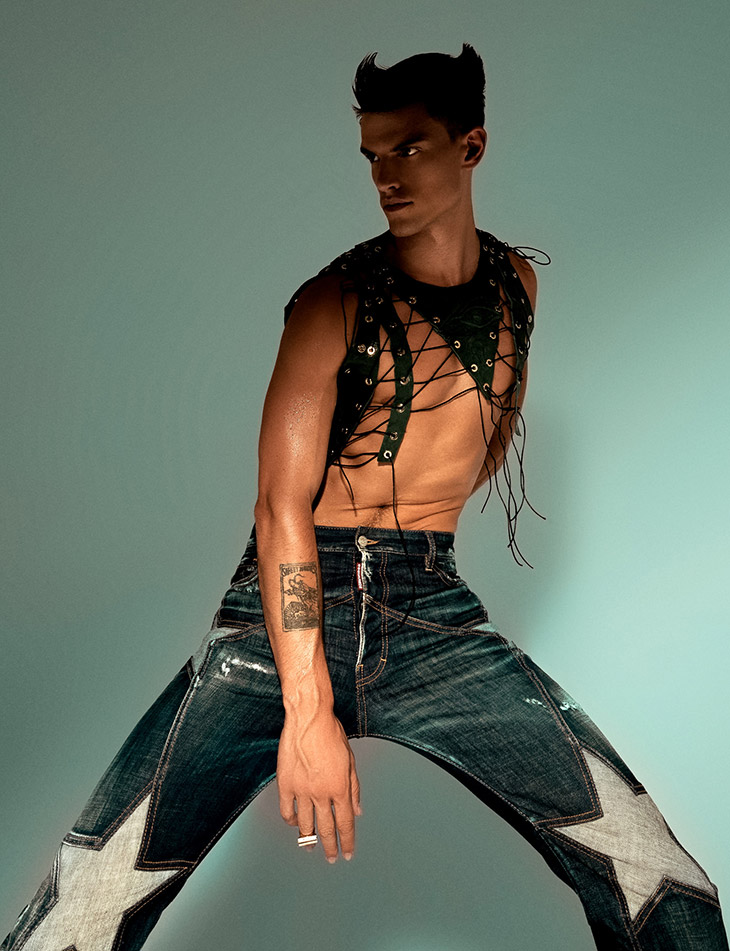
The Intersection of Art and Fashion
Fashion designers often draw inspiration from art, incorporating shapes, colors, and textures seen in paintings and sculptures. Many have embraced the concept of Wearable Art, merging sculpture and clothing to create stunning expressions. Derived from the Arts and Crafts movement, Wearable Art uses materials like leather, silk, and cotton to produce pieces showcased in runway shows, high-end boutiques, and department stores. There are many sculptures for sale online showcasing the masterpieces of noteworthy artists like Alexander Grigorev and Nicola Beattie. These works serve as a rich source of inspiration for fashion designers, helping them to understand texture, shape, and proportion, and encouraging them to push the boundaries of their imagination to create meaningful designs.
An early example of the art-fashion junction is the influence of surrealism in the 20th century, where artists challenged norms to create new realities. This was reflected in fashion through avant-garde designs with unusual textures and shapes. A notable collaboration was between Salvador Dali and designer Elsa Schiaparelli, resulting in the famous lobster dress.
In the mid-20th century, pop art, with its focus on popular culture and daily objects, had a significant impact on fashion. Artists like Roy Lichtenstein and Andy Warhol inspired designers to incorporate these elements into their collections, resulting in vibrant designs showcasing popular culture imagery.
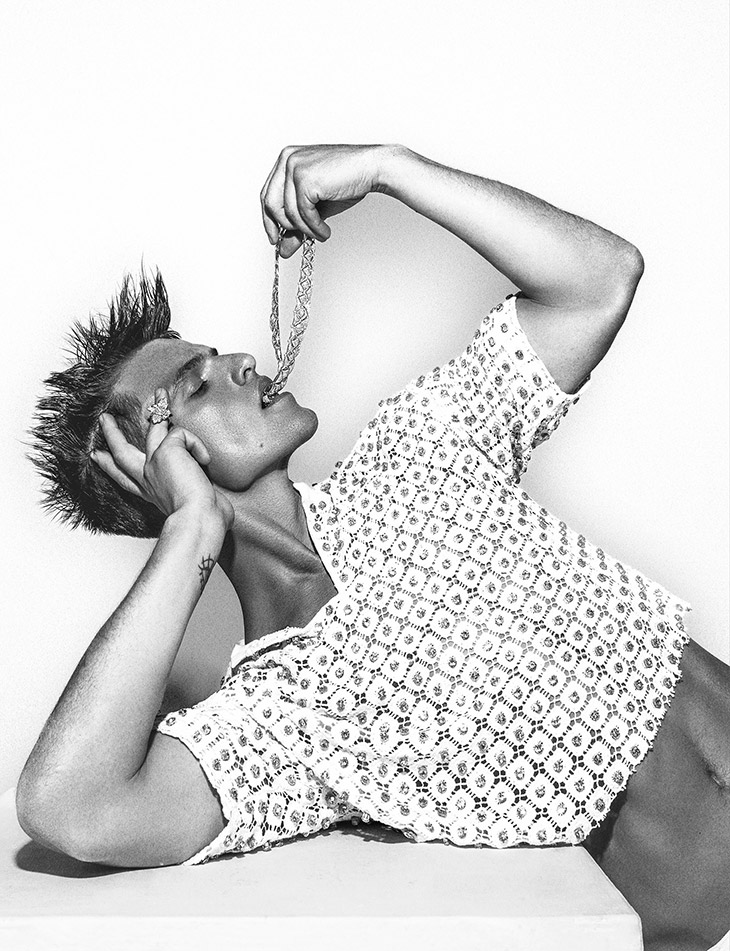
In recent years, these partnerships between fashion brands and artists have become even more popular, resulting in innovative collections. A notable collaboration happened in 2012 between Louis Vuitton and Yayoi Kusama, a Japanese artist, resulting in a collection featuring bold polka dots – one of Kusama’s motifs. The fusion of Vuitton and Kusama’s work turned out to be a massive commercial success that led to a second collaboration in 2023.
Performance art also showcases the blend of fashion and art. Fashion shows often incorporate elements of theater and dance, while art installations include accessories and clothing in their visual language. For instance, the artist Nick Cave is renowned for his detailed “ Soundsuits,” representing wearable sculptures created from textiles and found objects and used in performances that combine music, dance, and fashion to create a one-of-a-kind blend of art forms.
Technology has also contributed to the fusion of art and fashion. Advances have enabled easy collaborations between artists and designers, resulting in groundbreaking works. Designer Iris van Herpen, for instance, has worked with engineers, architects, and scientists to develop garments using 3D printing and other innovative technologies.
In the modern fashion business, collaborations between fashion designers and artists are only gaining momentum, resulting in signature collections that unite the worlds of art and fashion. Therefore, these collaborations enable brand positioning and allow fashion businesses to set themselves apart from competitors, increasing customer brand awareness and loyalty.
Art and fashion have always been interconnected, inspiring each other since the Renaissance. Art has influenced fashion trends, while fashion has turned art into functional masterpieces. This blend continues to create limitless possibilities, and it will be exciting to see how these two worlds will evolve and inspire new forms of creativity.
Images from My Body is a Cage by Umberto Buglione – see full article here.

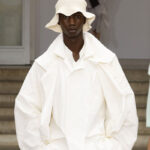
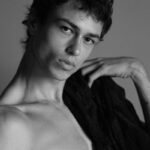
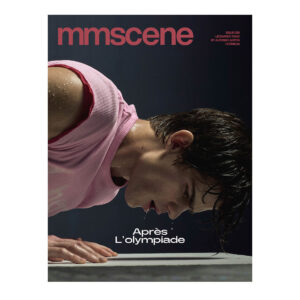
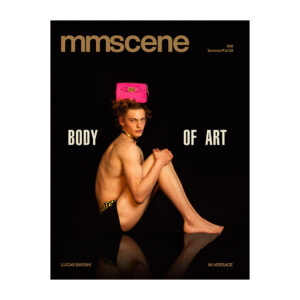
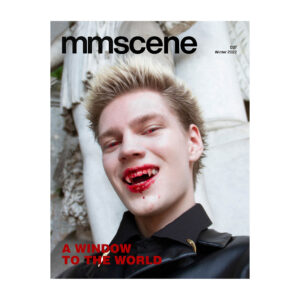
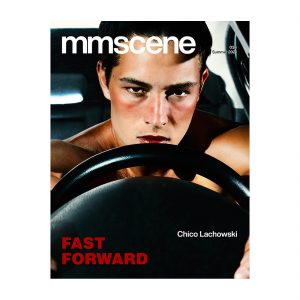
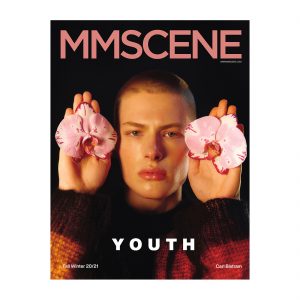
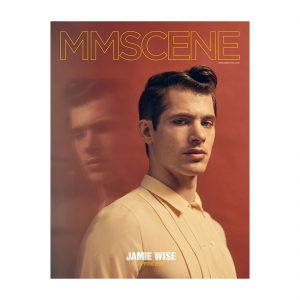
fashion is art